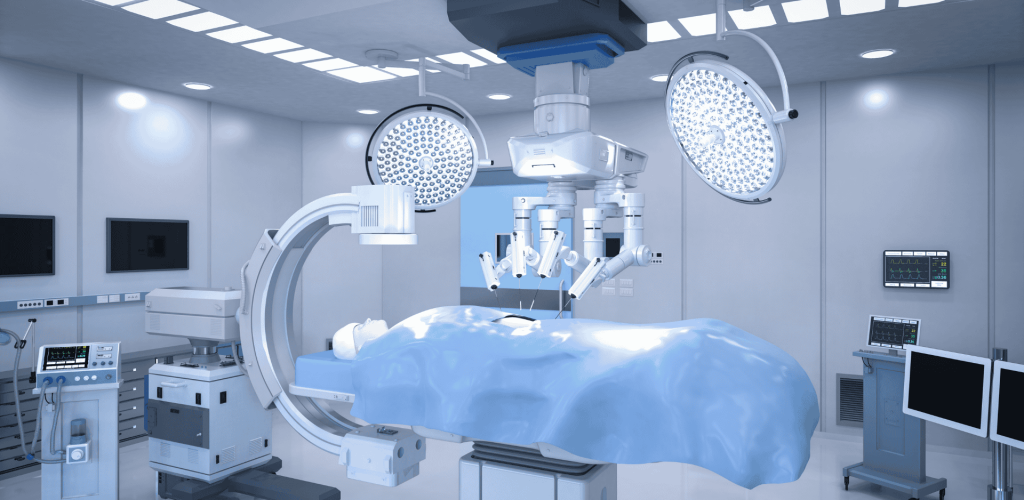
How Robots Are Transforming Healthcare and Surgery
From assisting doctors in operating rooms to helping patients recover faster, robots are reshaping the future of healthcare. What was once science fiction is now a critical part of hospitals, clinics, and surgical suites around the world.
Let’s explore how medical robots are improving healthcare outcomes, enhancing precision in surgery, and leading the charge in modern medical innovation.
Robotic-Assisted Surgery: Greater Precision, Smaller Incisions
One of the most remarkable advancements in medical robotics is robotic-assisted surgery. Systems like the da Vinci Surgical System are now used in thousands of hospitals globally.
✅ Key benefits:
Minimally invasive procedures with tiny incisions
Reduced blood loss and pain
Faster recovery times
Greater surgical precision with robotic arms and 3D visualization
Common procedures include prostate surgery, hysterectomy, cardiac valve repair, and more. Surgeons still control the robot, but with enhanced dexterity and accuracy.
Robots in Hospital Logistics
Beyond surgery, robots are now assisting with daily hospital operations:
Autonomous delivery robots transport medications, lab samples, and food across departments.
Sanitation robots disinfect patient rooms and operating theaters using UV light.
Inventory robots track supplies and reduce human errors in stock management.
This automation helps healthcare workers focus more on patient care and less on routine tasks.
Robotic Companions and Elder Care
Socially assistive robots are being used to support elderly and isolated patients, especially in long-term care facilities:
AI-powered robots like Paro (a robotic therapy seal) offer emotional support and companionship.
Monitoring robots help track vital signs and alert caregivers during emergencies.
Mobility support bots assist seniors with walking and daily activities.
These robots improve both quality of life and mental well-being, especially for aging populations.
Rehabilitation and Physical Therapy Robots
Robots are also transforming the world of rehabilitation:
Exoskeleton suits help patients with spinal injuries or strokes regain mobility.
Rehab robots guide limbs through repetitive motions for faster recovery.
VR and robotic-assisted therapy provide engaging ways to relearn motor skills.
These systems use sensors and machine learning to personalize treatment for each patient.
Diagnostic and AI-Powered Robots
Some robots use AI to assist in diagnosing diseases and analyzing patient data:
Robotic ultrasound systems perform non-invasive scans.
AI-based robots analyze X-rays, MRIs, and lab results for early detection of cancer, heart disease, and more.
Chatbot robots handle preliminary patient consultations and triage.
This integration of AI and robotics reduces diagnostic errors and improves early detection rates.
Challenges in Medical Robotics
While robotics offers many benefits, there are challenges too:
High costs of robotic systems
Training requirements for surgeons and staff
Data privacy and cybersecurity risks
Ethical questions in decision-making automation
Despite these, the potential of medical robotics far outweighs the obstacles as technology becomes more affordable and accessible.
The Future of Robots in Healthcare
In the next decade, we can expect:
AI-driven surgical robots that learn from every procedure
Nanorobots for targeted drug delivery inside the body
Cloud-connected robotic systems that share surgical insights globally
Fully automated hospitals with integrated robotic and AI infrastructure
The future of healthcare is faster, smarter, and safer—thanks to robotics.
Final Thoughts
Robots are not replacing doctors—they’re enhancing their capabilities. From surgery to patient care, robotics is revolutionizing healthcare by improving accuracy, efficiency, and outcomes.
As technology continues to evolve, the partnership between humans and machines in medicine will become even more vital. The result? Better care for everyone.

